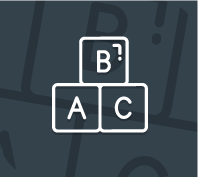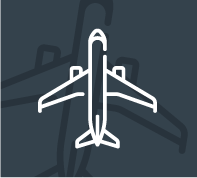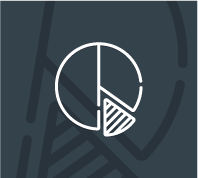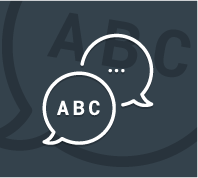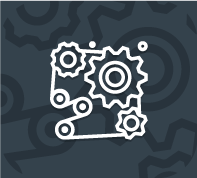If you don't have time to read this article but would like to know whether our software can help - it can. You can buy access to our software and get started immediately, 365 days-a-year.
Buy Preparation Software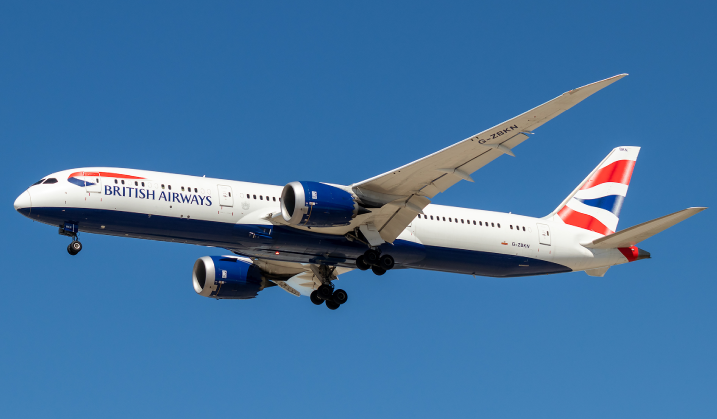
Available as part of their Future Pilots recruitment program, the British Airways Speedbird Pilot Academy provides opportunities for aspiring pilots to embark on a career with British Airways, subject to passing a rigorous selection process.
Successful candidates will engage with the program, which delivers professional flight training over a period of between 18 to 24 months, in partnershp with Skyborne Airline Academy, L3Harris Airline Academy, Leading Edge Aviation Academy and FTE Jerez.
In particular, training comprises both basic and advanced flight training, an APS MCC course and culminates in an Airbus A320 type-rating.
This program will re-open in 2025.
As of 21st August 2024, we're writing this guide for the BA Speedbird Pilot Academy assessment.
Please check back in a few weeks to view this updated page, or get in touch to learn about preparing for this particular assessment.
Feature-packed and one-of-a kind preparation software for your assessment.
Regularly updated, realistic and infinite simulations of aptitude tests.
Instant activation, fast support and uniquely in-depth guidance.

